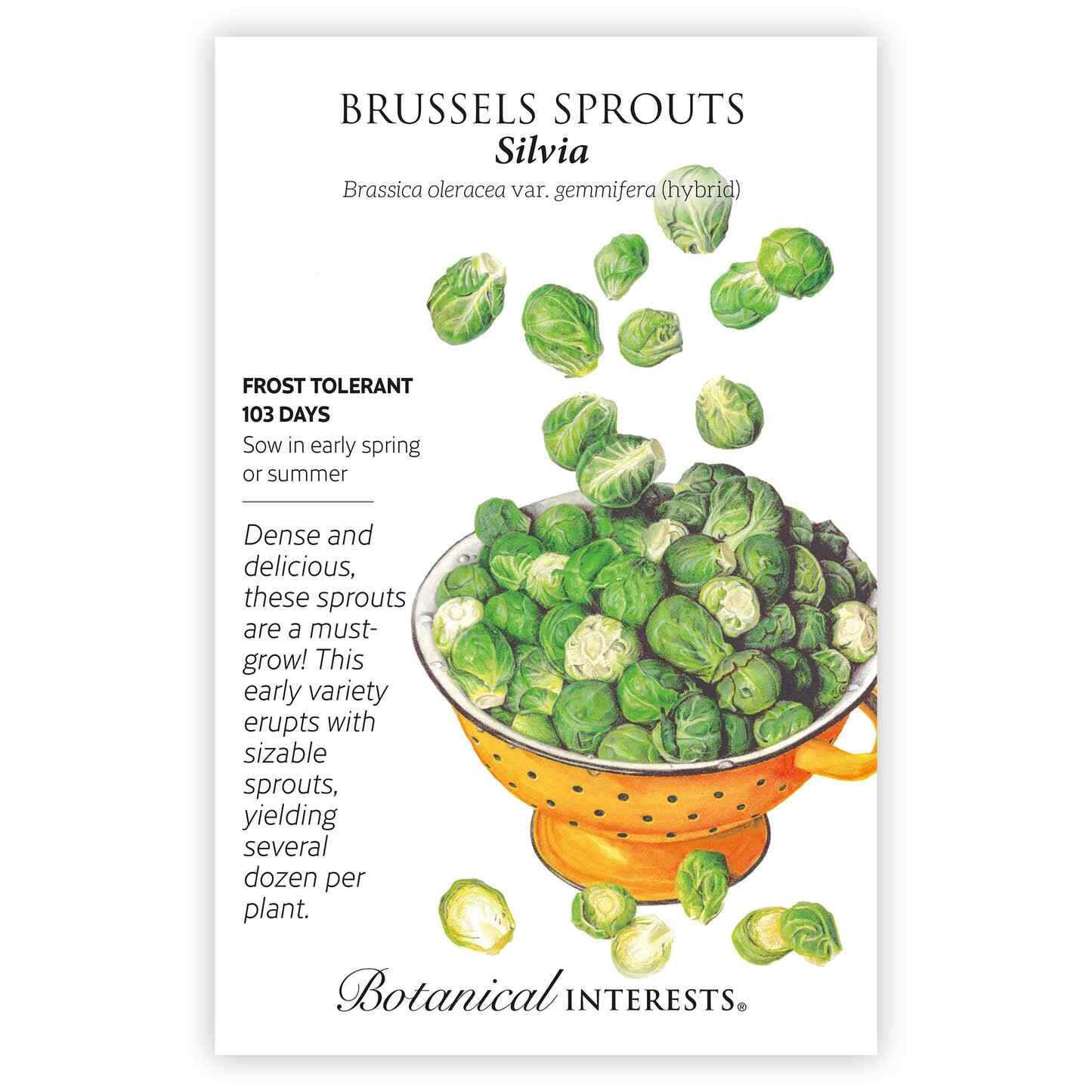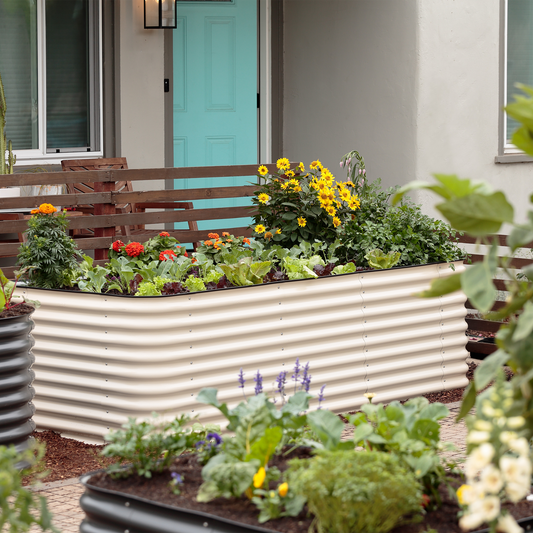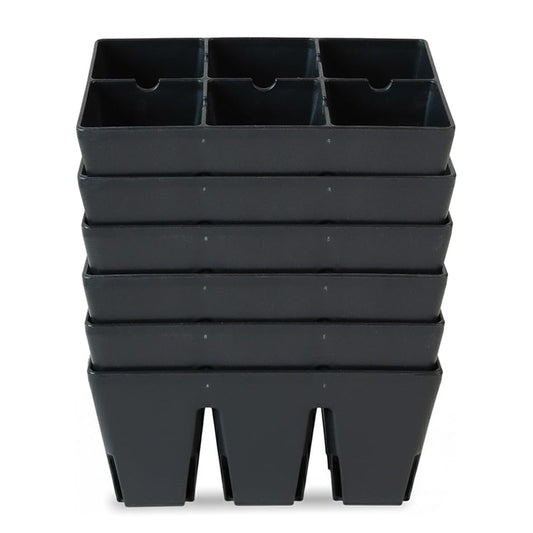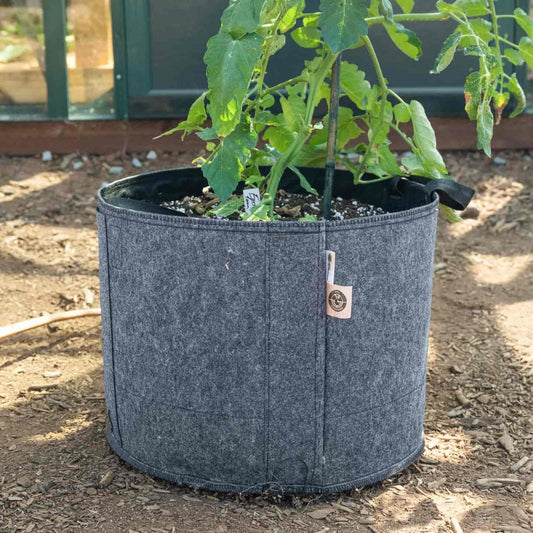


Your hardiness zone is
- Variety Info
- Sowing Info
- Growing Info
Variety Info
Days to Maturity: 103 days
Family: Brassicaceae
Native: Europe
Hardiness: Frost-tolerant biennial; will tolerate temperatures to about 10°F.
Exposure: Full sun
Plant Dimensions: 20"-24" tall
Variety Info: 1"-1 ½", blue-green orbs that look like tiny cabbage heads, and grow tightly and densely against the main trunk of the plant. The cluster of leaves at the top of the plant give it a palm-tree-like look.
Attributes: Frost Tolerant
Sowing Info
When to Sow Outside: 4 months before your average first fall frost date, when soil temperature is at least 40°F.
When to Start Inside: RECOMMENDED. 4 to 6 weeks before transplanting outside, or about 4 months before your average first fall frost date so sprouts mature in cool weather. In mild climates, sow in fall for harvest in late winter and early spring. Optimal soil temperature for germination is 60°-85°F.
Days to Emerge: 5-10 days
Seed Depth: 1/4"
Seed Spacing: A group of 3 seeds every 24"
Row Spacing: 24"
Thinning: When 2" tall, thin to 1 every 24"
Growing Info
Harvesting: Brussels sprouts start maturing from the bottom of the plant to the top. Buds should be picked when they are firm and about the size of a large cherry, between 3/4" and 1" in size. Break off the leaf just below the buds and snap or cut off the sprout. Brussels sprouts can be left in the garden through a freeze, which sweetens the flavor.
Special Care: Mulch around the base of plants to keep soil moist and minimize weeds. About a month before the first expected hard freeze, top the plant by cutting off the growing tip. This directs all the plant's energy into maturing the remaining sprouts. To exclude flea beetles and other pests, use row covers at planting time. It is a good idea to rotate brassica crops annually so they are not grown in the same area for 3 years to prevent the buildup of diseases in the soil.











